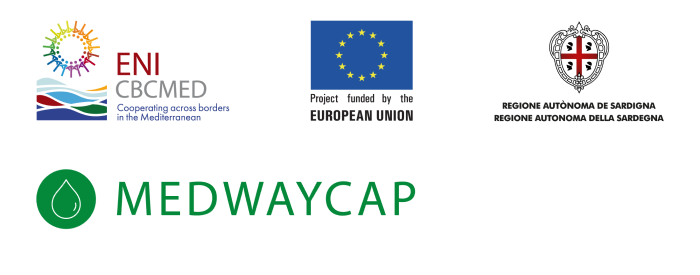Lessons learnt
APOC can be designed for a single objective, which then would be just to treat water, or with multiple objectives, whereby treating water is always included. Engineers should seek however, multi-objective solutions. The most important criteria that must be assessed in process analysis and selection of APOC system include a) process applicability, b) applicable flow range, c) applicable flow variation, d) influent wastewater characteristics, e) climatic constraints, f) energy requirements, g) operating and maintenance requirements, h) complexity. Along this direction, the implementation of the APOC system has shown that all three components have to be designed to operate over a wide range of flowrates. AD and ST processes work best at a relatively constant flowrate. If the flow variation is too great, flow equalization may be necessary. The characteristics of the influent wastewater affects strongly the selection of the AD and CW types to be used and the requirements for their proper operation. Considering that AD is the first barrier against organic abatement, a range of 200-1000 mg/L COD and/or 100-500 mg/L BOD, is recommended. Temperature can affect the performance of all biological and chemical reactions, carried out especially in the AD and the solar RPR. High (>50 oC) and low (<10 oC) temperatures can create problems to the operation of the AD, resulting to the reduction of the maximum specific microbial growth and feedstock utilization rates, thus decreasing the efficiency. The optimum temperature is around 35 oC. The energy requirements of APOC systems as well as the probable energy cost are generally very low. APOC is based on natural processes (constructed wetland), runs on renewable energy (solar RPR) and produces biogas. However, the energy cost must be known when designing a cost-effective APOC system. APOC systems require minimal operation and maintenance. The main maintenance tasks are related with the cleaning of the pump station, the pipes and distribution devices, the suction sludge devices, etc. which in turn will depend of the pre-treatment quality. In CWs, regular maintenance should ensure that water is not short-circuiting, or backing up because of fallen vegetation blocking the wetland outlet. Vegetation may have to be periodically cut back or thinned out. The most common maintenance activities are pulling out undesirable plant species, removing dead vegetation (not dormant vegetation), and cleaning pipes. In the case of the solar RPR, the major maintenance tasks consist in the photoreactor cleaning, periodic pumps and paddle wheel revision and probes cleaning and calibration.
